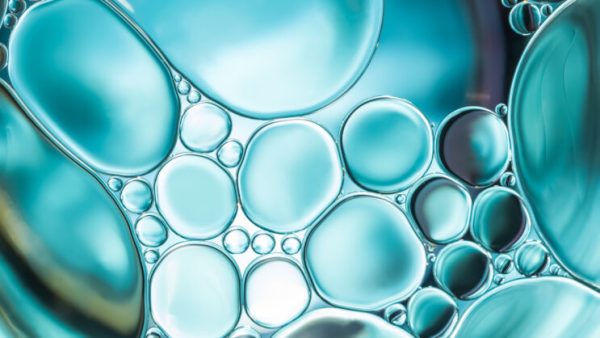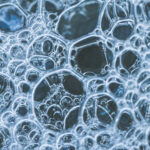فهرست محتوا
- 1 What is Silicone Defoamer?
- 2 Foam Formation and Defoaming Solutions
- 3 What is a Defoamer?
- 4 Types of Defoamers
- 5 Why Ultrachem Silicone Defoamer from Bonyan Shimi Hamgam Sanat?
- 6 Structure of Silicone Defoamer:
- 7 Does Silicone Defoamer Have Industrial Applications?
- 8 Contact Us for Free Consultation and Sample
- 9 Benefits of Silicone Defoamers
- 10 What Are the Applications of Silicone Defoamers?
- 11 Do You Know the Leading Silicone Defoamer Supplier?
- 12 How Silicone Defoamers Work
- 13 Key Factors in Choosing the Right Silicone Antifoam
- 14 Main Benefits and Applications of Silicone Foam Control Solutions
What is Silicone Defoamer?
Excessive foam causes serious problems in processing, packaging, and transportation of goods. The presence of too much foam can reduce equipment capacity, increase production time and costs, lower product quality, and affect safety. The aforementioned issues reflect just a few of the concerns faced by industry professionals. The solution to these problems is defoamer.
Silicone defoamer can quickly eliminate foam and, more importantly, control it over time. This long-lasting effect leads to more effective foam control and minimizes the need for repeated use of silicone antifoam, ultimately reducing processing time and costs. The Bonyan Shimi Hamgam Sanat Ultrachem team is ready to provide services to you. For more information and consultation with our experts, contact us. We are here to offer you the best solutions.
Foam Formation and Defoaming Solutions
Foam forms when gas is dispersed and stabilized in a liquid. The resulting mass of bubbles can quickly grow unless treated. Silicone antifoams can rapidly reduce existing foam by bridging strong foam films and breaking them. The low surface tension of defoamer droplets allows silicone to continuously penetrate adjacent foam films and break them repeatedly, increasing the intervals between antifoam applications.
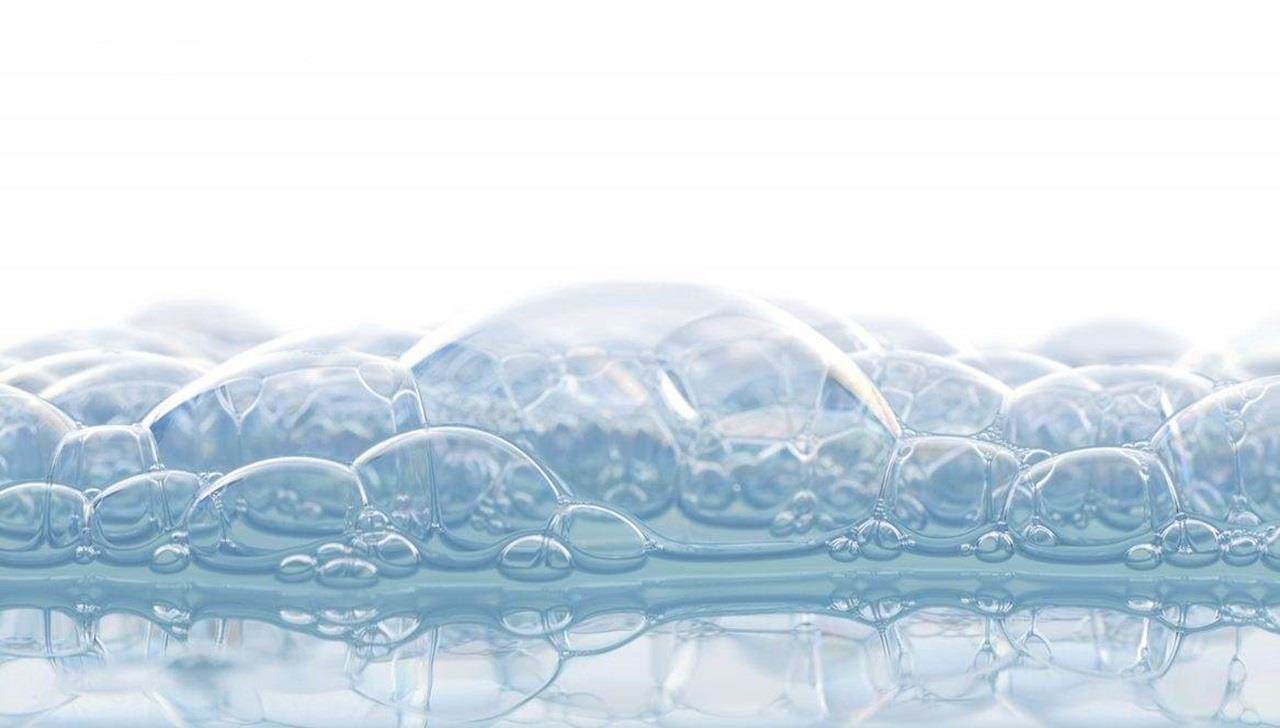
Common Foam Formation Processes
Foam typically occurs during the following processes:
- Mixing
- Distillation
- Fermentation
- Filtration
- Filling
While mechanical processes can control foam, the use of chemical agents is often more versatile, effective, and economical.
The Value of Silicone Antifoam
Silicone defoamers are valuable due to their stability, compatibility with various materials, and effectiveness at low concentrations. However, it is essential to ensure their compliance with regulatory standards and suitability for specific applications to avoid any negative impact on product quality or the environment.
![]()
What is a Defoamer?
Defoamers are chemical agents designed, as the name implies, to control foam formation. These products are available in two types: silicone and non-silicone.
Excessive foam formation in industrial processes and operations can cause serious problems. These issues include surface coating defects, reduced production line efficiency, and even bacterial growth. Additionally, foam overflow can pose slip hazards and increase the time and cost of cleaning. Therefore, the benefits of using defoamers include improved productivity, enhanced production output, and even increased safety.
Ultrachem Silicone Defoamer Efficiency Test by Bonyan Shimi Hamgam Sanat | Eliminate all existing foam with Ultrachem Silicone Antifoam.
We evaluated the efficiency of Bonyan Shimi Hamgam Sanat’s 1% defoamer solution under the Ultrachem brand. In a 250 ml cylinder containing foam, we aimed to test the efficiency and dispersion of the 1% defoamer solution. As observed, approximately 3 ml of the 1% antifoam solution was used, and no foam remained in the container.
Next, when the system becomes agitated, will foam form? We manually created turbulence, and as you can see, no foam remained on the surface and it was eliminated. To receive a free sample of Ultrachem Silicone Defoamer, contact us now.
Types of Defoamers
1. Silicone Defoamers
These are among the most common types and use silicone as the main active ingredient. Their features include:
- Excellent defoaming ability: Silicone defoamers are highly effective in preventing foam formation.
- Stability at high temperatures: These defoamers are suitable for processes involving high heat.
- Widespread industrial use: These defoamers are used in pharmaceuticals, food industry, petrochemicals, and many other sectors.
2. Non-Silicone Defoamers
These are mostly made from organic materials like proteins, oils, or fatty acids. Their features include:
- Lower cost: Non-silicone defoamers are typically less expensive than silicone ones.
- Use in specific industries: These are mostly used in the food and chemical industries.
3. Powder Defoamers
These are provided in powder form and are used in processes that require localized foam control.
- Packing and storage processes: These defoamers are used in processes where foam generation is harmful, such as certain chemical operations.
- Fast-acting: Powder defoamers usually act quickly to eliminate foam.
4. Liquid Defoamers
These are in liquid form and are used in processes where high volumes of foam are generated.
- Ease of use: Liquid defoamers can be easily added to industrial processes.
- Use in various industries: such as water and wastewater treatment, paper manufacturing, and chemical industries.
5. Oil-Based Defoamers
These typically use oils as the main component and are used in specialized processes like preventing foam in oily liquids.
6. Compound Defoamers
These use a combination of ingredients such as silicone and natural or synthetic oils. They usually inherit properties from both and are used in processes with specific conditions.
Difference Between Defoamer and Foam Suppressant
The terms defoamer and foam suppressant are sometimes used interchangeably, but they have important differences:
- Defoamers are designed to prevent foam formation and are added at the start of the process.
- Foam suppressants are used to eliminate existing foam and are applied as needed.
Why Ultrachem Silicone Defoamer from Bonyan Shimi Hamgam Sanat?
The defoamer market is dominated by silicone products. These are preferred due to the following advantages:
- Low surface tension
- Chemical inertness
- Thermal stability
- Completely insoluble in water

Silicone defoamers are usually polymers with a silicone backbone and are available in oil-based or aqueous forms. These products spread rapidly over foam surfaces due to their low surface tension and cause foam bubbles to burst.
Structure of Silicone Defoamer:
The main composition of silicone defoamers includes hydrophobic silica dispersed in a silicone oil. Emulsifiers are added to enhance speed and uniformity of dispersion.
Silicone antifoams are highly effective at breaking surface foam and releasing trapped air. Some of these products are also suitable for non-aqueous systems like crude oil and oil refining.
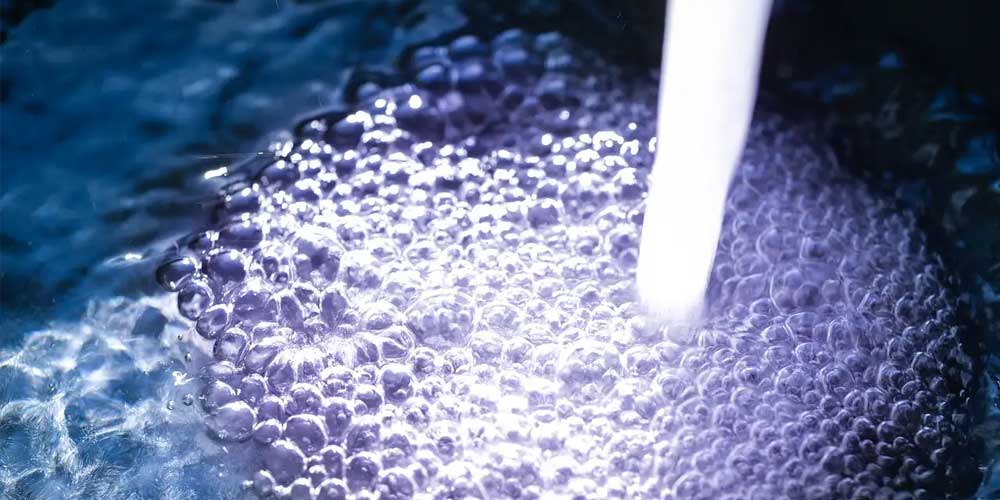
Non-Silicone (or Organic) Defoamers
Defoamers are also available in other forms like mineral and organic products.
Due to the high efficiency of silicone products, the use of non-silicone defoamers has declined in some applications. However, these are still used in wastewater treatment and process water applications where silicone products are not permitted.
These organic defoamers usually require higher dosages for effectiveness, increasing costs and often making silicone solutions more desirable.
Does Silicone Defoamer Have Industrial Applications?
Silicone antifoam helps reduce foam-related issues in various industries, including:
- Food and Beverage
- Chemicals
- Plastics
- Pulp and Paper
- Water Treatment
- Coatings
- Oil and Gas
- Metalworking
- Construction
- Mining
Contact Us for Free Consultation and Sample
Bonyan Shimi Hamgam Sanat with the brand name Ultrachem, is ready to assist you in choosing and purchasing the most suitable silicone defoamer for your business. If you’re looking for high quality, reasonable price, and professional support, contact us.
Benefits of Silicone Defoamers
Defoamers are added before foam forms and prevent foam generation in many industrial processes. These processes include wastewater treatment, chemical production, and food processing. Silicone antifoams are among the most effective and economical foam control products due to the following reasons:
- Cost-effective: These products are effective in very low quantities and help reduce operational costs.
- Long shelf life: Silicone defoamers offer long-lasting foam suppression.
- Low reactivity: These products are inert and reduce the likelihood of reacting with other chemicals in the process liquid.
- Low surface tension: Silicone defoamers have lower surface tension than foaming liquids, ensuring better performance.
- Versatility: These products are used in various applications such as wastewater treatment, coatings, pulp processing, and detergent production.
- Ease of use: Silicone antifoams are available in liquid form with a range of viscosities for easy application. Powder products are also available.
- Rapid action: These products are designed to disperse quickly and provide fast and effective foam breakdown.

What Are the Applications of Silicone Defoamers?
- Water and Wastewater Treatment:
Silicone antifoams are used in many water and wastewater-related applications, including aeration tanks, balance tanks, landfill leachate, and evaporative treatment units.
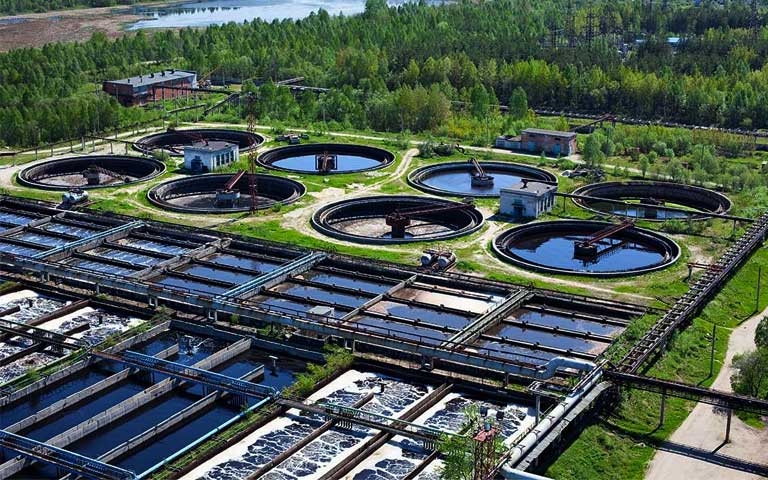
- Food and Agricultural Processing:
Foaming issues in food and agriculture processes may arise due to organic matter, agitation, chemical reactions, and pressure buildup. Silicone defoamers are used in processes such as fermentation, fruit and vegetable processing, dairy and beverage production.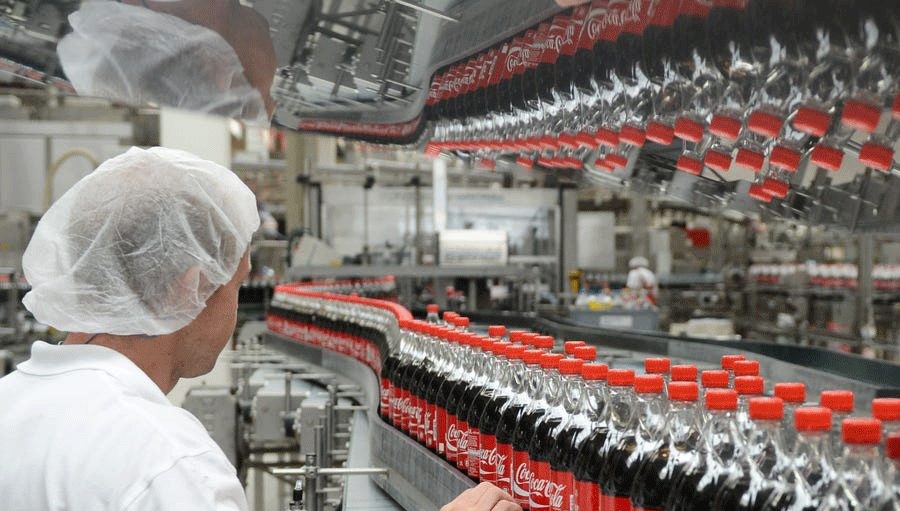
- Pulp and Paper:
Water-based silicone emulsions form the majority of modern defoamers used in brown stock washing. These products provide foam control, improve drainage, and reduce foam carryover to the paper machine.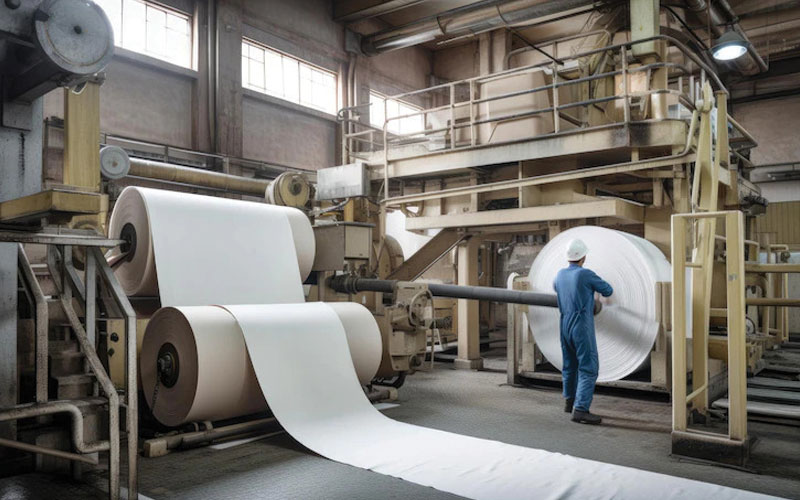
- Cleaning Products and Processes:
Defoamers are used in floor waxes, carpet cleaners, detergents, disinfectants, and other cleaning products. Silicone defoamers also help improve manufacturing efficiency and reduce foam during mixing, packaging, and cleaning. - Silicones for Foam Control in Oil and Gas Industry Processes
Exploration, drilling (onshore and offshore), extraction, separation, transport, and refining in the oil and gas industry take place under highly variable conditions—from oceans to deserts and tropical to arctic zones. The specific environmental conditions and the properties of oil materials require suitable products for optimal performance. At each production stage, both upstream and downstream, foam bubbles can slow down processes, reduce productivity, and pose safety and environmental risks. In most cases, foam formation must be reduced or eliminated to enhance productivity, improve quality, and lower costs.
-
Coal
Coal washing generates large volumes of foam. Using defoamers can control this issue and be absorbed in an environmentally friendly way.
- Textiles Foam suppressors and defoamers can be used to solve foam-related problems in the textile industry
![]()
Do You Know the Leading Silicone Defoamer Supplier?
Bonyan Shimi Hamgam Sanat Ultrachem is one of the leading suppliers of silicone antifoam for various businesses in Iran. Ultrachem silicone defoamers are produced in Iran. This chemical marvel enables the delivery of an effective and efficient product in many industries and processes at a low cost. Contact us to receive a sample of our silicone antifoam product. Don’t let your valuable product be ruined due to excessive foam. Talk to us today!
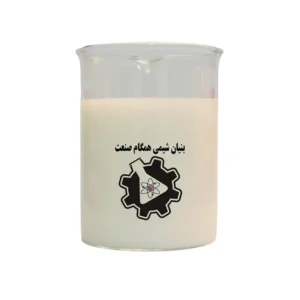
How Silicone Defoamers Work
Silicone antifoam is a preventive product added to processes to prevent foam formation and its accumulation. Simply put, it’s an essential chemical solution to foam-related problems. It destabilizes small foam bubbles by weakening their walls, causing them to merge into larger bubbles that eventually burst and dissipate.

Key Factors in Choosing the Right Silicone Antifoam
To choose the best type and quantity of silicone antifoam, each application must be considered individually. In addition to the main differences between aqueous and non-aqueous systems, formulation variations also affect the process.
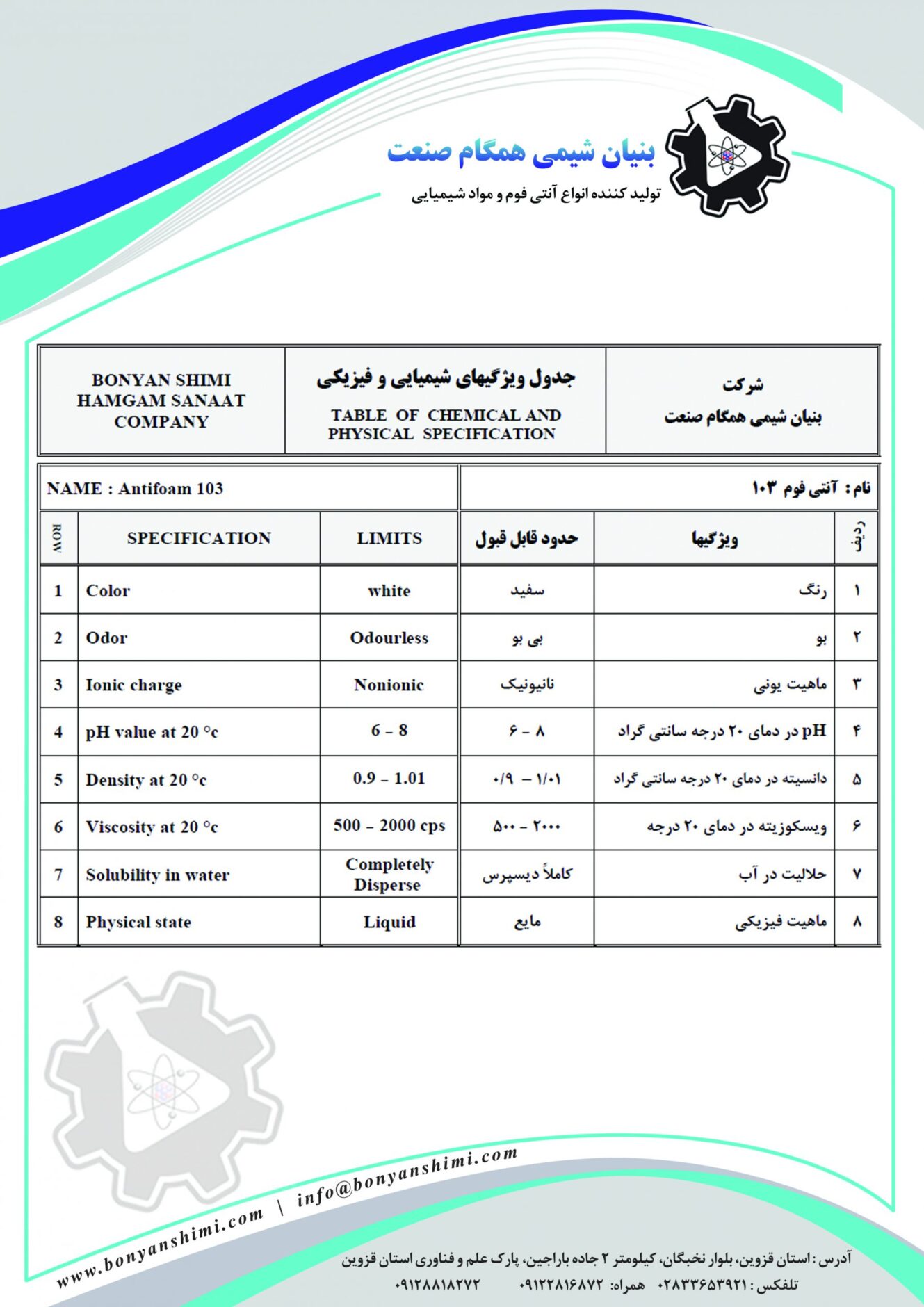
Key factors include:
- Chemical nature of the foaming agent
- Foam generation tendency of the foaming agent
- Solubility and concentration
- Presence of electrolytes, colloids, or other surfactants
- Temperature, pH and viscosity of the system
- Processing equipment used
- End-use of the product containing the defoamer
Main Benefits and Applications of Silicone Foam Control Solutions
Silicone foam control solutions (also known as defoamers or foam suppressants) are an ideal choice due to their many advantages over organic or inorganic materials:
- Foam Prevention: Prevent foam from forming early and reduce it rapidly and effectively (Knockdown effect).
- Chemical and Thermal Resistance: High resistance to chemical corrosion and temperature fluctuations.
- Optimal Usage: Requires lower quantities for desired effect and provides long-lasting low surface tension.
- High Safety: Inert and safer for humans and the environment
Silicone Defoamer in Action
Foam control is a key factor in improving production processes across many industries such as crop protection, oil and gas, papermaking, chemical processing, wastewater treatment, recycling, textiles and leather, food and beverage, cleaning products, and more. Silicone defoamer formulations or foam control and processing aids make production cleaner, more efficient, and improve product quality. They also contribute to sustainability by reducing water and energy use and facilitating recycling. These materials are safe for people and equipment and meet the strictest standards.

Transport and Storage of Silicone Antifoam
- It is shipped as a non-hazardous product.
- Requires completely airtight and secure packaging.
- Prevent freezing; the storage temperature should not be less than 0 degrees Celsius.
- Should be stored in a dry and cool place at room temperature.
- After the first opening of the product, ensure that the lid is completely closed.
Conclusion
Silicone defoamers are widely used in various stages of industrial processes. From large factories and restaurants to home cooking, food packaging, and labeling, the presence of silicone can be seen everywhere. Silicone, due to its features such as ease of use, safe operation, and odorless nature, is an excellent choice for eliminating foams in various processes. Bonyan Shimi Hamgam Sanat is a manufacturer of silicone antifoam in Iran. Just contact us.

